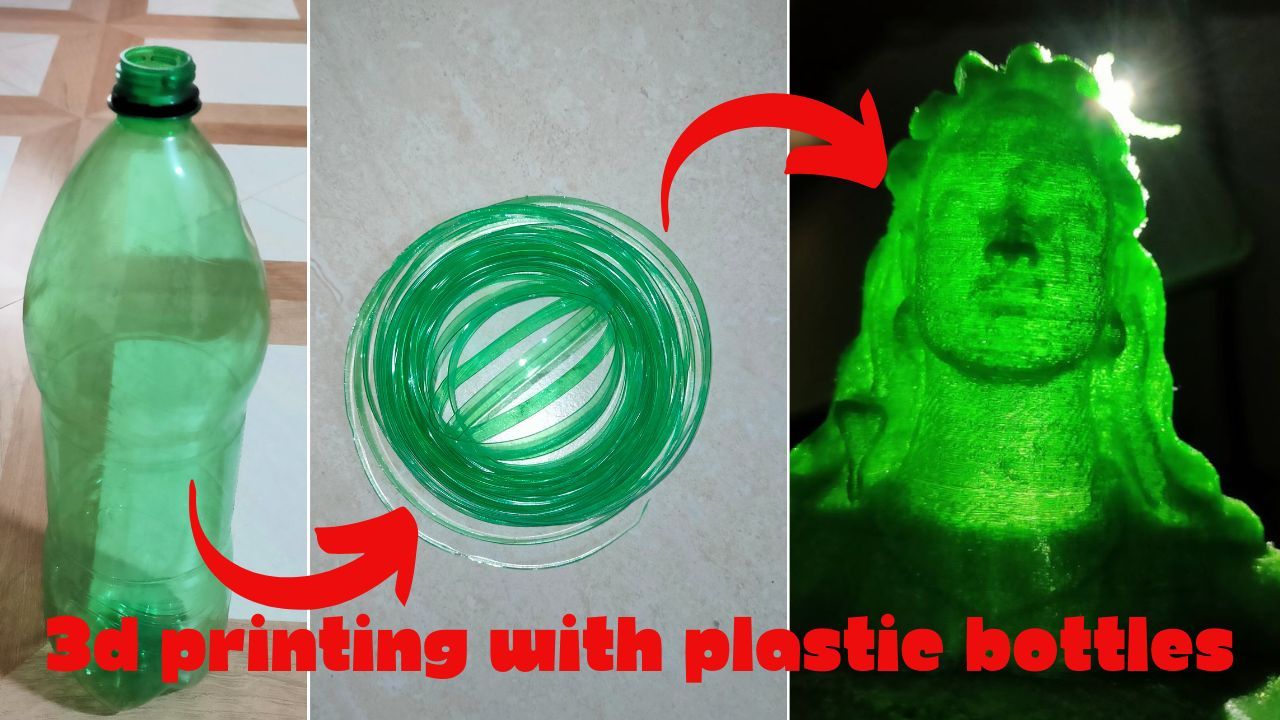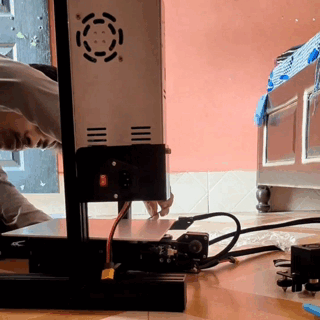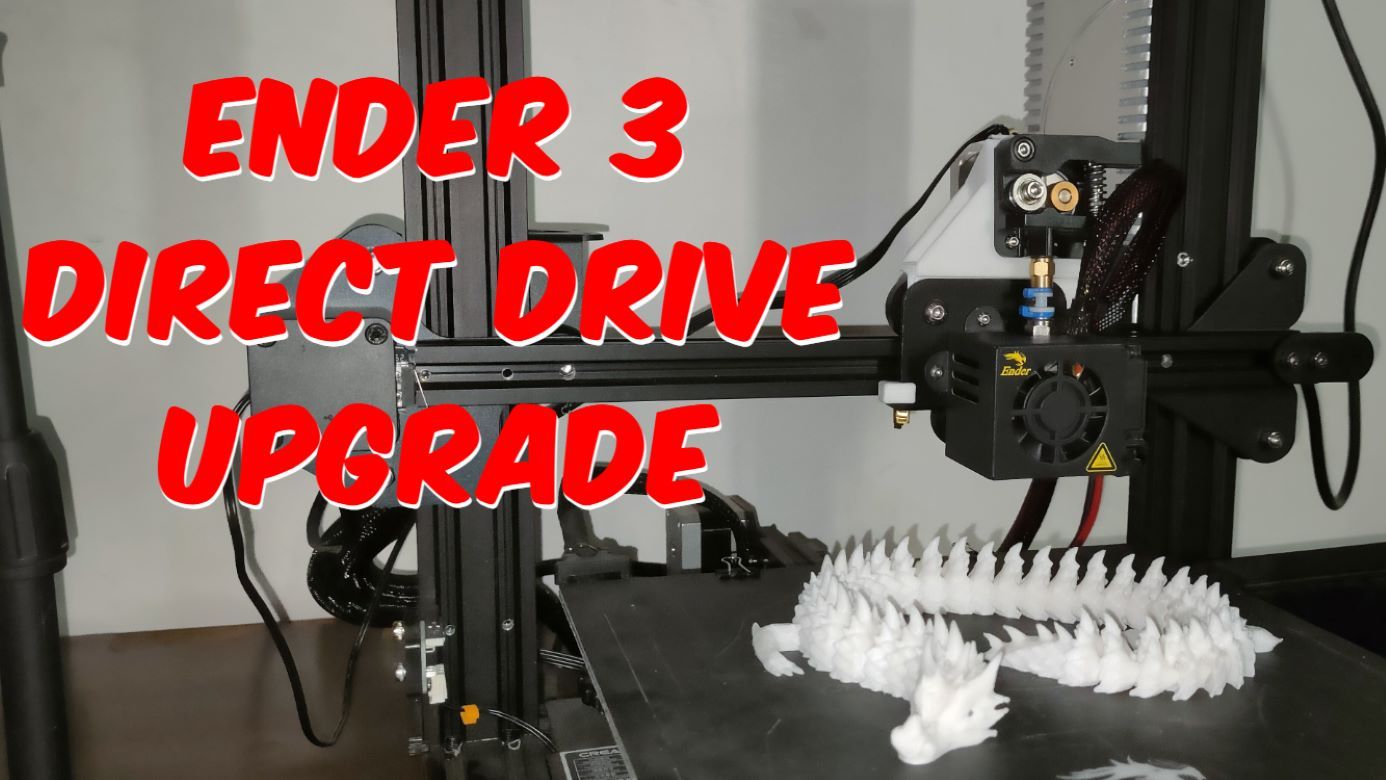
The world of 3D printing is continuously evolving, with enthusiasts and professionals alike seeking more sustainable and cost-effective methods of producing filament. One such innovative approach involves recycling plastic bottles into usable 3D printing filament. This blog post delves into the process of creating filament from plastic bottles, detailing the challenges and solutions encountered along the way.

Objective: Sustainable Filament Production
The primary goal was to establish a method to convert plastic bottles into filament suitable for 3D printing. This endeavor not only promotes recycling but also offers a potentially endless supply of printing material.
Initial Steps: Assembly and Testing
The journey began with the purchase and assembly of an Ender 3 v4.2.2 3D printer. The initial test prints using commercially available filament were successful, providing a baseline for the quality of prints expected from the homemade filament.

Preparation of Plastic Bottles
The next phase involved collecting plastic bottles, removing labels, and thoroughly cleaning them. This step is crucial to ensure that the resulting filament is free of impurities that could affect the printing process.

Innovative Bottle Cutting Technique
To transform the bottles into strips, a custom bottle cutter was fashioned from a paper cutter and a bottle cap. After some trial and error, the cutter produced consistent strips, a vital factor for uniform filament.
Read how to make bottle cutter using a bottle cap and a paper cutter

Modification of Tools
A hot glue gun was modified by upgrading its heating element and crafting a custom nozzle from a tin sheet. This makeshift extruder was used to melt the plastic strips into filament. Initially, the filament's diameter was too large, but after refining the nozzle design, the filament reached a satisfactory thickness.

Challenges with Filament Stiffness
Testing the homemade filament revealed a significant issue: the stiffness of the material. Compared to standard PLA filament, the homemade version was much stiffer, causing friction within the printer's PTFE tube and leading to failed prints.
Upgrading to Direct Drive
A solution emerged in the form of converting the printer to a direct drive system, which involved mounting the extruder directly above the hotend. This modification reduced the path the filament needed to travel, thereby lessening the friction.

Overcoming Extrusion Issues
Despite the upgrade, challenges persisted with the extruder ceasing operation and the nozzle becoming clogged. It was discovered that removing the PTFE tube contributed to the clogging. By cutting the tube to a shorter length and reinstalling it, the issue was resolved.

Success at Last
After addressing the clogging problem, the printer successfully produced its first print using the homemade filament. This marked a significant milestone in the project, demonstrating the feasibility of creating 3D printing filament from recycled plastic bottles.

Conclusion: A Step Towards Eco-Friendly 3D Printing
This journey highlights the potential for innovation in the realm of 3D printing. By repurposing plastic waste into valuable printing material, we can take a step towards a more sustainable future. The process may require patience and problem-solving skills, but the result is a testament to the possibilities that lie in combining technology with environmental consciousness.
For those interested in replicating this process or conducting further research, this experience serves as a valuable case study in the practical application of recycling and 3D printing technology. The path to sustainable 3D printing is paved with such experiments, and every successful print is a victory for eco-friendly innovation.
Also check out My 3d print gallery
Support
Thank you for reading! If you enjoyed this post and want to support my work, consider supporting me by subscribing to my newsletter or sharing this post with a friend.
